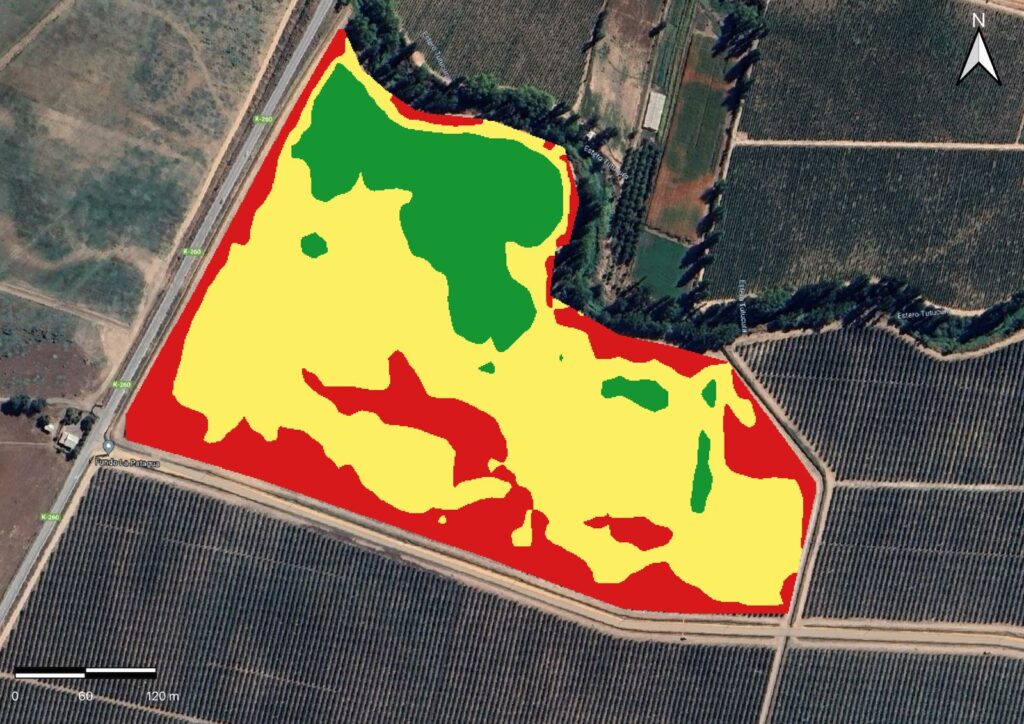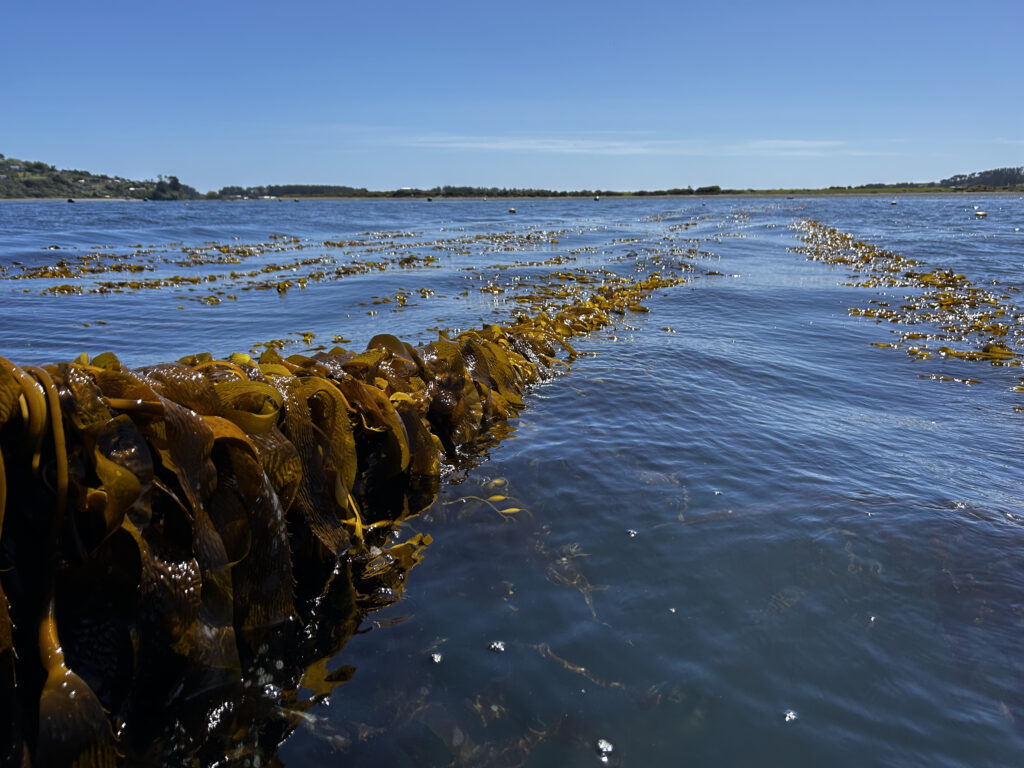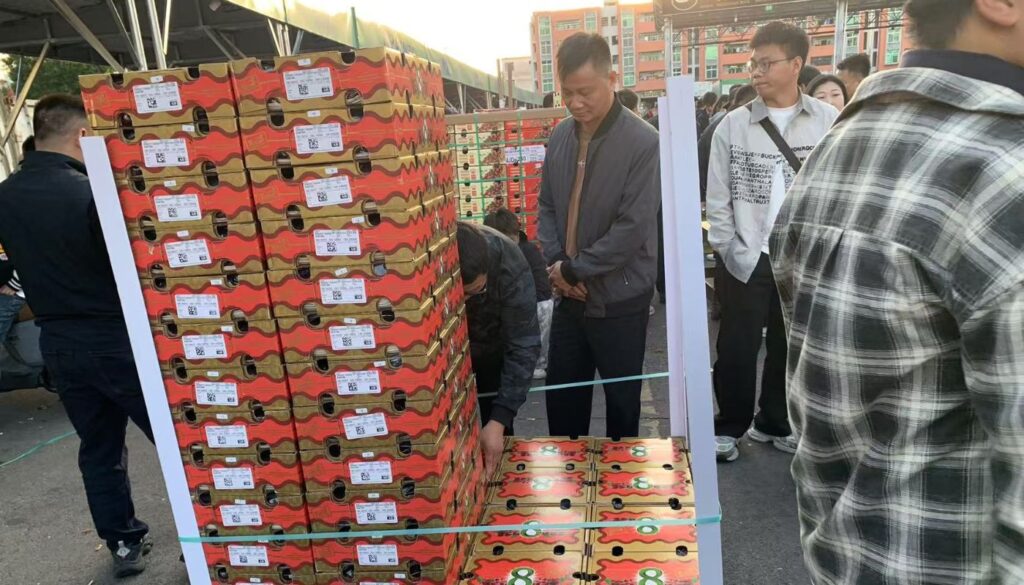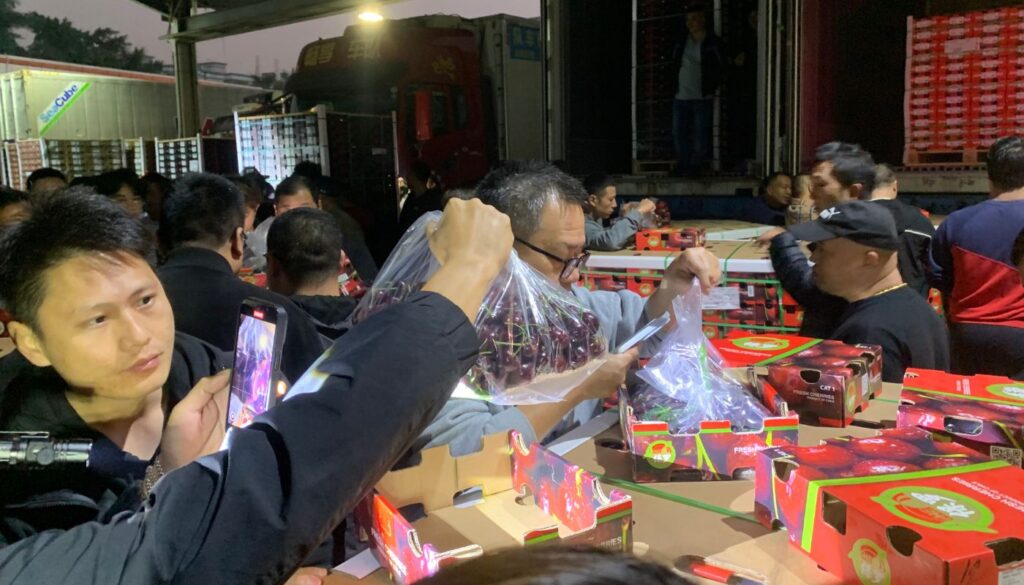In April, the fruit fly campaign began in the San Bernardo and Lo Espejo communes. Many people have asked themselves: Why are there eradication campaigns if Chile is free of the pest? Here we tell you.
The fruit fly campaign is the flagship program of the Agricultural and Livestock Service. The first detection of this pest was in 1963 in Oasis de Pica, Tarapacá region. And it was in 1980 that the Ministry of Agriculture through the Agricultural and Livestock Service created project 335, with the objective of keeping the fruit fly out of the country and eradicating any accidental entry that may occur and, in the event that it occurs, employing a strategy that allows for rapid control and eradication of the pest. Therefore, in the case of Chile, free of the pest for more than 30 years, it is essential to determine the entry of the insect.
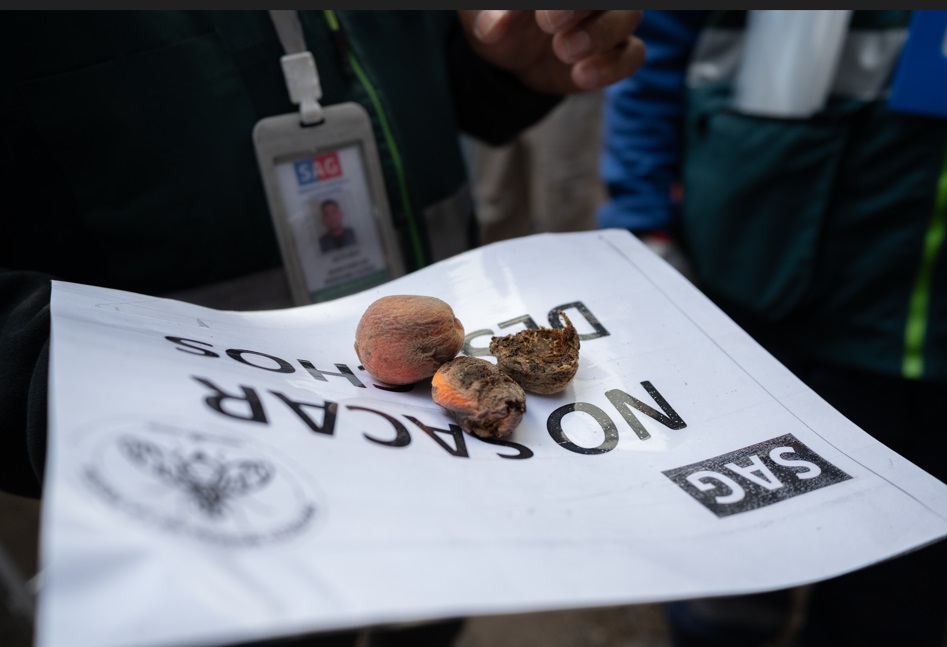
How can such a small fly cause so much damage?
Ceratitis capitata, is the scientific name for the pest known worldwide as the fruit fly, one of the most harmful and feared in agriculture. This insect attacks around 250 species of fruit trees and vegetables.
“Depending on the temperature and humidity of the environment, flies can lay between 150 and 200 eggs in their adult phase. Females have an ovipositor apparatus that allows them to deposit their eggs in the fruit.”, explained Guillermo Crothers, Head of the San Bernardo 2024 Fruit Fly Campaign.
Once the eggs develop, the larvae hatch and penetrate the pulp, feeding on the fresh fruit, which begins to rot until it falls. When the larvae fall to the ground, they emerge and bury themselves, transforming into pupae. The pupae develop in the soil, becoming new adult flies; males and females that restart the biological cycle.
“The fly is present throughout the Americas except for Chile, and for this reason the SAG maintains a high-level detection program that allows it to detect the pest's entry early, which ensures its prompt eradication, before the insect becomes established in the area,” commented the Regional Director of SAG RM, Claudio Ternicier.
The early detection system is carried out by the Agricultural and Livestock Service throughout the year, in places that are determined to be "at risk" because they are more prone to the plague. The control units include a system of traps, with attractive baits (around 15 thousand throughout the national territory, except in the Magallanes region), which are periodically checked for any infestation.
fly captures. In addition, there is the sampling of fruit to examine in a laboratory if larvae are found. And the TIE preventive system, which consists of sterile irradiated male insects released in risk areas, with the aim of preventing the reproduction of the pest.
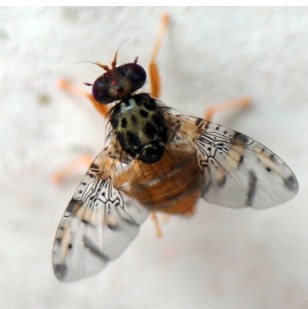
Once fruit fly traps are found, the surveillance process begins, where traps are monitored to see if other specimens are found. When more insects are detected in any of their stages; egg, larva, pupa and adult, the immediate action plan begins, which initiates the control and eradication campaign.
The fruit fly is considered an absent quarantine pest in Chile, which means that it is a danger to the country's agriculture, but it is not present or established in the territory. There may be detections, but thanks to the constant work carried out by the SAG, they are detected in a timely manner. Therefore, the country's status as "pest-free" is not lost. This allows us to develop international trade, as the main exporter of fresh fruit and vegetables in the world.
That is why it is important, if you travel abroad, not to bring products of plant origin, as they may be contaminated with the insect, not to take fruit produced in your homes to other places and to allow SAG officials to enter your homes to carry out pest control and eradication work, thus maintaining the health of agriculture and the environment.



